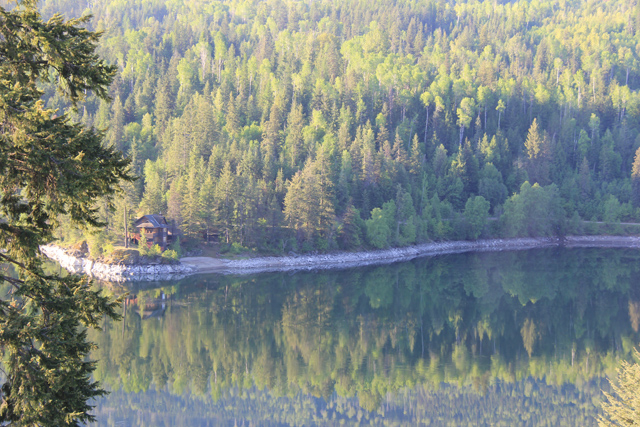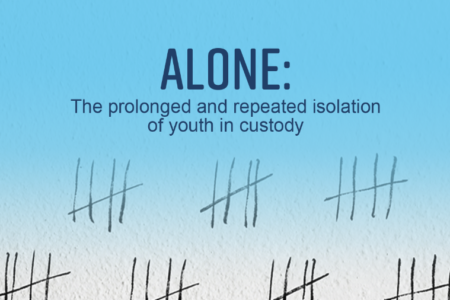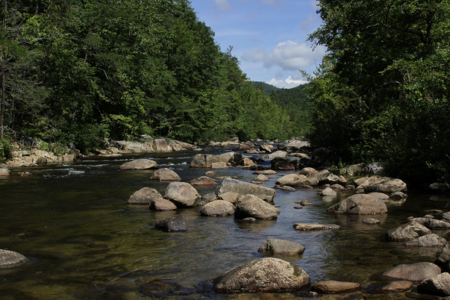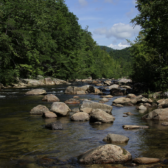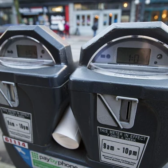Kootenay Columbia residents urged to conserve water
The situation doesn’t appears as bad as some parts of the province, but that hasn’t stopped Government of BC to move the South East Interior into Level 3 rating for the area.
This includes the Lower Columbia, West Kootenay and East Kootenay region.
The reason is due to the expected warm and dry for the region.
However, the South East Interior is not as dry as the Okanagan, South Coast or Vancouver Island — all dealing with Level 4 drought conditions.
Level 3 drought conditions call for voluntary water-use reductions of an additional 20% beyond Level 2 conservation levels (30% overall) from all municipal, agricultural and industrial users.
Staff with the Ministry of Forests, Lands and Natural Resource Operations anticipate that this region could experience significant water supply shortages in 2015.
Ministry staff are closely monitoring river levels and ecosystems, and may upgrade the drought level if the weather continues to have a negative effect on stream flows and water supply.
Although residential, agricultural and industrial users within municipalities and regional districts backed by reservoir storage are less vulnerable to water supply shortages than water users served by smaller water systems from streams, lakes and wells, all water users are encouraged to observe local water conservation bylaws to prolong water supplies.
Water users are also encouraged to ensure that water intakes are screened to prevent fish from being pulled into water systems as water levels drop. Low water levels can impede the passage of salmon to spawning grounds, increase susceptibility to disease, or cause stranding or death due to low oxygen and high water temperatures.
Level 4 drought conditions, the highest rating, are determined by factors including regional stream flows, water storage capacity, ecological concerns, weather forecasts and impacts on water users.
Should conditions reach Level 4, provincial water managers may exercise their authority to temporarily suspend short-term water permits or industrial water licences in affected watersheds.
Further reductions in stream, lake and aquifer levels could lead to water shortages and affect people, agriculture, industry and fish stocks. Ministry staff will continue to monitor conditions, work closely with local governments and key stakeholders, and provide updates as the need arises.
Water conservation is everyone’s responsibility. Many communities in B.C. are prepared to deal with water-supply shortages and low streamflow conditions by drought management plans and water-conservation programs that are already in place.



